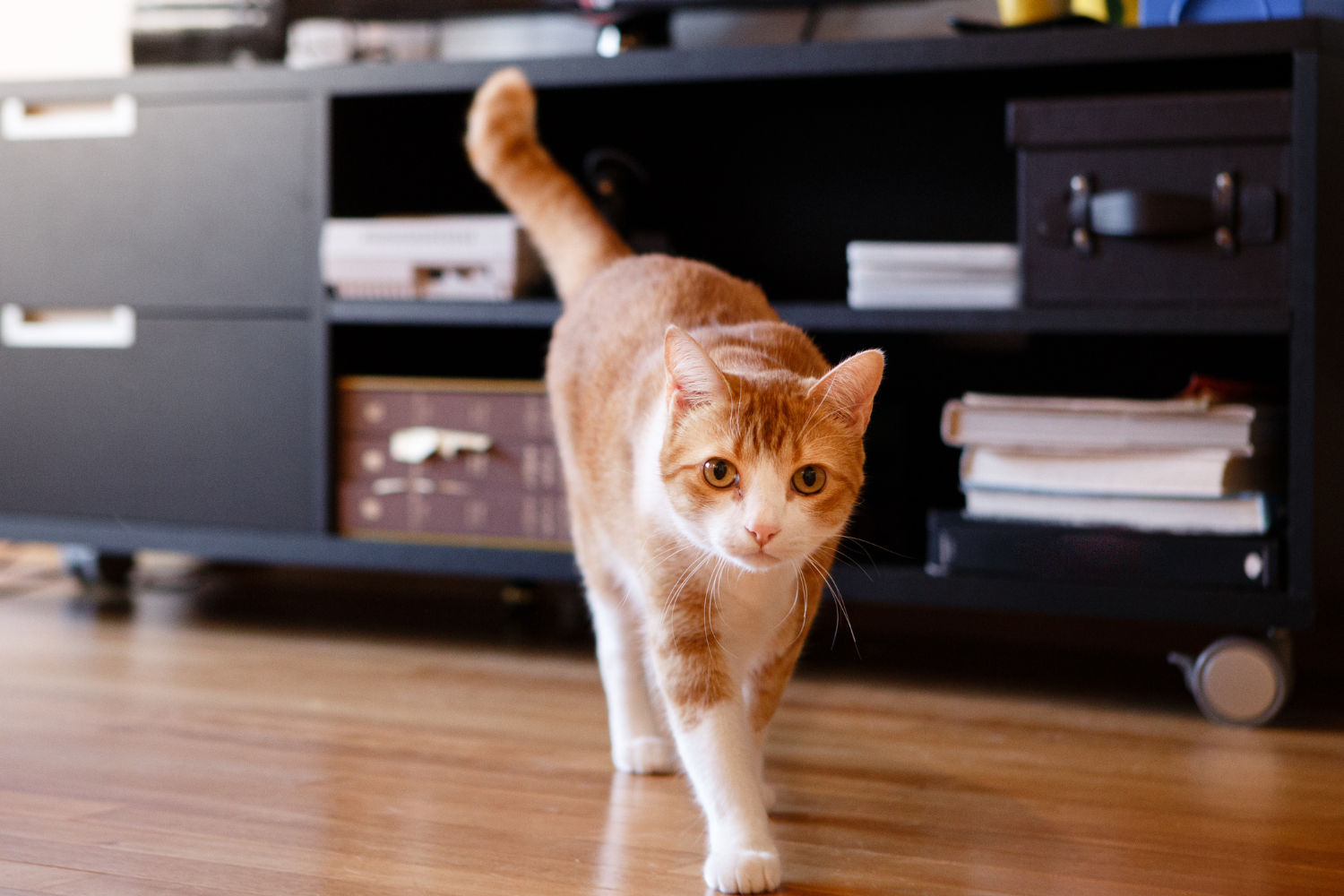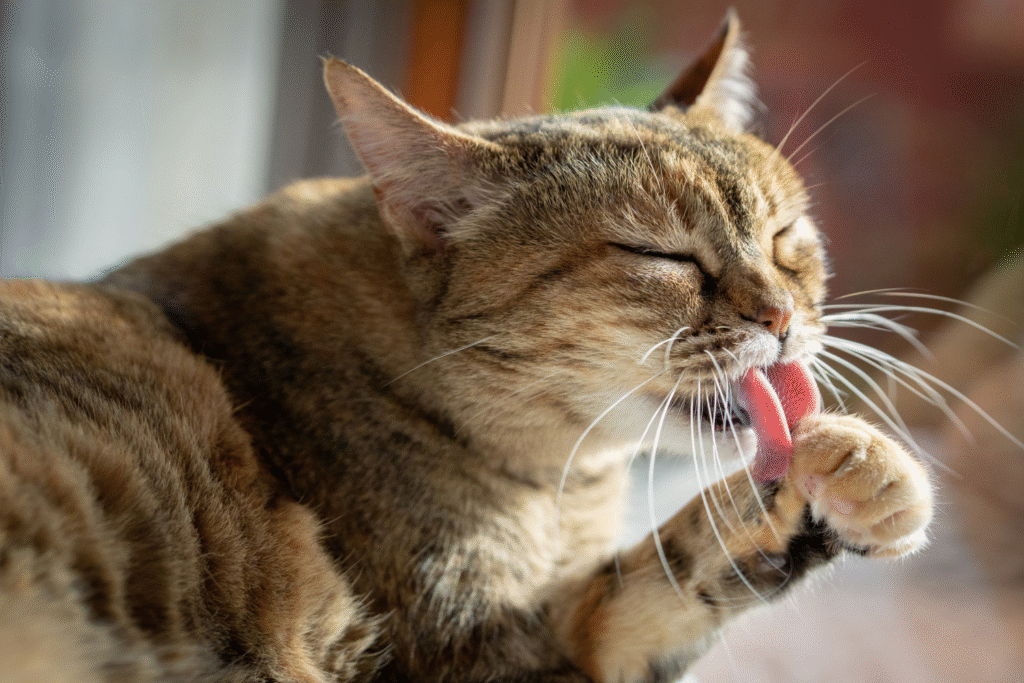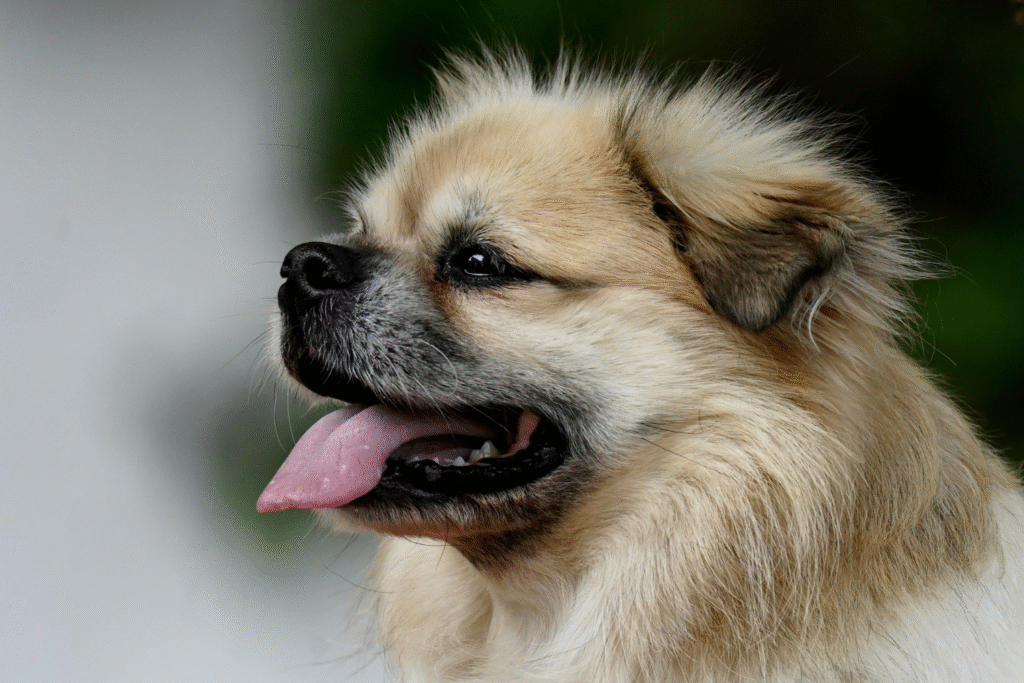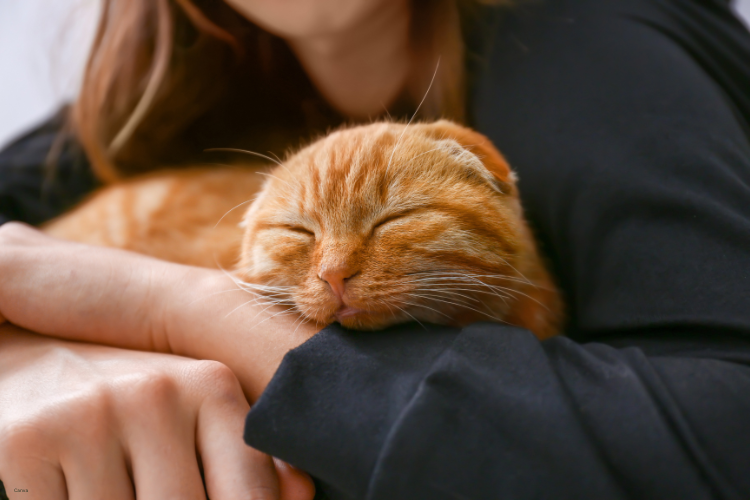The quiet moments in your home may be the exact times your pet is struggling the most.

We think of silence as calming, but for many pets it’s unsettling, even distressing. When the TV clicks off, the kids head to bed, or you leave the room, the absence of background noise can set off alarms in their little brains. The problem is they rarely show it in obvious ways. Instead, they drop subtle hints that are easy to miss until the anxiety builds. Once you know what to look for, the silence becomes a whole different conversation.
1. Restless pacing is often their way of shouting without sound.

Veterinarians have long noted that pacing is one of the first signs of stress in animals. According to the American Veterinary Medical Association, restless movement is a coping mechanism pets use when their environment feels threatening or uncertain. Silence strips away normal cues, leaving them vulnerable and searching for reassurance.
Once this pattern starts, it rarely goes away on its own. The constant back-and-forth becomes a ritual, almost like a nervous tick. For owners, it’s easy to confuse with simple boredom, but the timing matters. If pacing appears when the house gets quiet, anxiety is usually the culprit. That realization changes how you respond—comfort instead of correction becomes the path forward.
2. Strange grooming habits often surface when silence falls.

Many cats and dogs begin licking or chewing excessively once the noise disappears. It might look harmless, but over time it can create bald spots or irritated skin. Anxiety doesn’t always erupt in barking or crying—sometimes it hides in compulsive behaviors. Pets may fixate on one paw or patch of fur, almost hypnotized by the act itself. This tendency often intensifies in stillness. Their bodies release tension through repetition, but it’s not healthy long term.
As stated by PetMD, compulsive grooming in pets is one of the clearest indicators of underlying stress. Owners often overlook the connection, assuming it’s a skin issue or allergy. Yet the silence trigger is the giveaway, and once identified, it changes how you approach care. Understanding this helps you see the habit not as a quirk, but as a red flag demanding attention.
3. Heavy breathing without exertion can reveal nervous energy.

A dog panting indoors on a quiet evening isn’t just cooling down—it’s likely a stress response. Reported by the ASPCA, panting, trembling, or rapid breathing often replace vocalization as silent forms of communication when pets are uneasy. The absence of external noise amplifies their internal alarm system, and their body reacts in ways you can see but not hear.
Breathing patterns become a kind of code once you know to watch for them. It’s not always about temperature or exercise. In quiet spaces, panting often means your pet is searching for comfort that isn’t coming. That physical cue is critical because it cuts through the ambiguity of other behaviors, giving you a clear sign that anxiety is at play.
4. Refusing food in calm moments says more than you think.

A pet skipping dinner after a noisy day is one thing, but when silence alone kills their appetite, that’s worth noticing. Dogs and cats both use food as a measure of safety, and losing interest often means they feel unsettled. Some pets even approach the bowl and then retreat, unable to eat until sound returns.
It’s a small but powerful clue. Meals should be grounding, not anxiety-inducing. If silence interrupts that rhythm, it’s telling you their nervous system associates quiet with uncertainty. Once you’ve connected the dots, you start seeing the skipped meal less as pickiness and more as a stress signal.
5. Clinginess spikes the second the noise stops.

Ever notice how your pet becomes glued to your side the minute things quiet down? That isn’t coincidence—it’s strategy. Silence makes them feel exposed, and sticking close to you provides reassurance. This sudden shadowing behavior is their insurance policy against the unknown.
While it can be endearing, it’s also exhausting for them. True calm comes from feeling secure even when they’re not attached to you. Understanding that clinginess as anxiety reframes the behavior and helps you decide when comfort is necessary and when training for independence might actually be the better gift.
6. Sleep patterns shift in ways that signal hidden stress.

Pets thrive on routines, and sleep is one of the first casualties of unease. Some will resist lying down, others toss and turn, and a few wake frequently through the night. Quiet hours amplify every creak of the house, leaving them restless instead of recharged.
What makes it tricky is that this often gets mistaken for aging or health issues. But timing again tells the story. If disturbed sleep aligns with silence in the house, anxiety is usually at fault. Recognizing that link changes how you support them, replacing medical worry with behavioral solutions.
7. Silent spaces often spark destructive behavior.

Chewed furniture, shredded pillows, or scratched doors aren’t always about boredom. Pets that grow unsettled in silence often redirect that energy into destruction. They’re not punishing you—they’re trying to ground themselves when their environment feels overwhelming.
It becomes their way of filling the void. The quiet gets replaced with noise of their own making, even if it means ripping through the couch. Once you know the connection, the solution shifts from scolding to managing anxiety, and the destruction slowly loses its grip.
8. Subtle posture changes whisper louder than noise.

A tucked tail, lowered ears, or rigid stance can appear the moment the soundscape drops out. These physical shifts are quiet admissions of unease, but they often vanish the instant background noise returns. The stillness brings out vulnerabilities they otherwise mask.
Noticing these small changes is crucial, because they’re easy to miss. Unlike barking or whining, posture shifts are silent communication. Once you start watching body language during quiet periods, the patterns become unmistakable, and you realize your pet has been speaking the whole time.
9. The bathroom becomes their coping space.

Some pets retreat to bathrooms, closets, or laundry rooms when the house is too quiet. The smaller the space, the safer they feel. It’s not about the room itself—it’s about containment. Wide open silence feels threatening, while enclosed corners provide comfort.
What looks odd at first glance is actually a clear attempt at self-soothing. Instead of dragging them out, giving them access to these safe zones acknowledges their needs. That respect for their coping choices builds trust, and over time it may reduce the intensity of their anxiety altogether.
10. Anxiety peaks during silence because the world feels unpredictable.

At its core, the quiet strips away familiar cues that pets rely on to feel stable. Noise tells them life is happening, people are near, and everything is normal. Silence erases those signals, leaving them adrift. For anxious pets, that emptiness fills with worry instead of peace.
The key is learning that silence doesn’t mean calm for everyone. Watching for these patterns gives you a map to your pet’s hidden struggles. Once you see it clearly, you realize the quietest moments in your home may be when your pet needs you the most.
